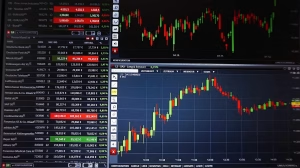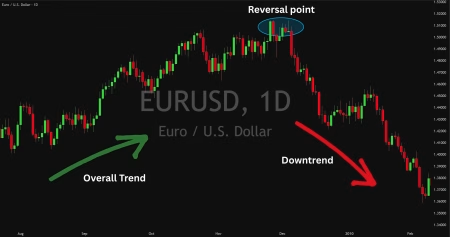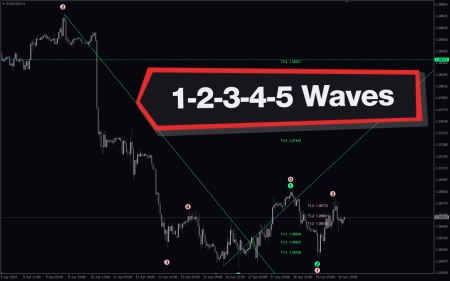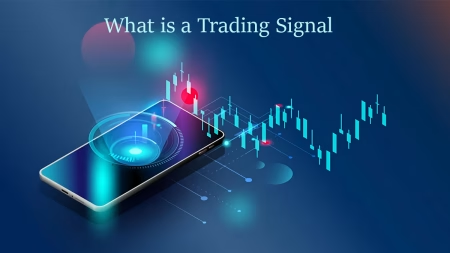How to Trade Forex
Foreign exchange trading, commonly known as forex trading, has gained tremendous popularity over the years. With a daily turnover exceeding $6 trillion, the forex market is the largest financial market in the world. Whether you’re looking to diversify your investments or pursue a new trading opportunity, learning how to trade forex can be a rewarding endeavor—if approached correctly.
In this guide, we’ll walk you through everything you need to know to start trading forex: what it is, how the market works, key strategies, and how to avoid common pitfalls.
What is Forex Trading?
Forex trading involves buying one currency while simultaneously selling another. These currencies are traded in pairs, such as EUR/USD (Euro/US Dollar) or GBP/JPY (British Pound/Japanese Yen). The goal is to profit from changes in the exchange rate between the two currencies.
For example, if you believe the euro will strengthen against the dollar, you might buy the EUR/USD pair. If the exchange rate increases, you can sell it back at a higher price and make a profit.
How the Forex Market Works
Unlike stock markets that operate within specific hours, the forex market is open 24 hours a day, five days a week. This global network of banks, financial institutions, and individual traders operates across major forex trading sessions:
- Sydney session (10 PM – 7 AM GMT)
- Tokyo session (12 AM – 9 AM GMT)
- London session (8 AM – 5 PM GMT)
- New York session (1 PM – 10 PM GMT)
The overlapping sessions—especially London and New York—offer the highest trading volumes and volatility, providing more opportunities for traders.
Steps to Start Trading Forex
1. Learn the Basics
Before diving into trading, it’s essential to understand basic forex terminology and concepts:
- Currency Pair:
Represents two currencies, e.g., EUR/USD.
- Pip:
The smallest price move, typically 0.0001 for most currency pairs.
- Leverage:
Allows traders to control large positions with a smaller amount of capital.
- Spread:
The difference between the bid and ask price.
- Margin:
The minimum capital required to open a trade.
Understanding these terms is crucial before placing any trades.
2. Choose a Reliable Forex Broker
Your broker acts as the gateway to the forex market. Look for a broker that is:
- Regulated by financial authorities such as the FCA, ASIC, or CFTC.
- Offers competitive spreads and low commissions.
- Provides a user-friendly trading platform like MetaTrader 4 or 5.
- Offers demo accounts for practice.
- Has good customer support and educational resources.
3. Open and Fund Your Trading Account
Once you’ve chosen a broker, you’ll need to open an account. The process typically includes:
- Verifying your identity (KYC requirements).
- Selecting your account type (standard, mini, or micro).
- Funding your account via bank transfer, credit card, or digital wallets.
4. Use a Demo Account to Practice
Most brokers offer demo accounts where you can trade with virtual money. This is a valuable way to practice your strategies, understand market behavior, and get used to the trading platform without risking real capital.
5. Develop a Trading Plan
A solid trading plan is your roadmap for success. It should include:
- Trading goals:
Are you looking for short-term gains or long-term growth?
- Risk management rules:
How much are you willing to lose on a trade?
- Entry and exit criteria:
When will you open and close a trade?
- Preferred currency pairs:
Focus on pairs you understand and that fit your strategy.
6. Learn to Analyze the Market
There are two main types of analysis in forex trading:
Fundamental Analysis
This involves evaluating economic indicators, news events, interest rates, and political developments that affect currency values. For example:
- A strong U.S. jobs report may boost the USD.
- Political instability in the EU may weaken the EUR.
Technical Analysis
This uses historical price charts, indicators, and patterns to forecast future movements. Popular tools include:
- Moving Averages
- Relative Strength Index (RSI)
- Fibonacci Retracements
- Support and Resistance Levels
Combining both types of analysis often yields the best results.
7. Manage Your Risk
Risk management is arguably the most critical aspect of forex trading. Successful traders never risk more than 1-2% of their account on a single trade.
Use tools like:
- Stop-loss orders to automatically close a trade at a predetermined loss.
- Take-profit orders to lock in profits when a target is reached.
- Trailing stops to protect profits as the market moves in your favor.
8. Start Trading Live
Once you’re comfortable with your demo account and have a well-defined strategy, you can begin trading live. Start small and scale up gradually as you gain experience.
Forex Trading Strategies for Beginners
Here are three popular beginner-friendly strategies:
1. Trend Following
This strategy involves identifying and following market trends. Traders use moving averages and momentum indicators to determine the trend direction and make trades accordingly.
2. Range Trading
In this approach, traders identify support and resistance levels and buy at support and sell at resistance. It’s effective in sideways markets where there is no clear trend.
3. Breakout Trading
Breakout traders look for price levels where the currency breaks through a previous support or resistance level, signaling a new trend.
Common Mistakes to Avoid
- Overleveraging:
While leverage can increase profits, it also magnifies losses.
- Lack of discipline:
Sticking to your trading plan is essential.
- Chasing losses:
Avoid making impulsive trades to recover from losses.
- Ignoring economic news:
Major news events can significantly impact the market.
- Not using stop-loss orders:
This can lead to devastating losses.
Is Forex Trading Right for You?
Forex trading can be highly rewarding, but it requires patience, discipline, and continuous learning. If you’re drawn to fast-paced environments and enjoy analyzing data, it could be a good fit. However, it’s essential to start with realistic expectations and never invest more than you can afford to lose.
Final Thoughts
Learning how to trade forex is a journey that involves education, practice, and strategy. By understanding the fundamentals, choosing a reliable broker, developing a robust trading plan, and managing your risks wisely, you can gradually build your skills and confidence in the forex market.
Always keep learning, stay disciplined, and trade with a clear head. With time and persistence, forex trading can become a valuable tool in your financial toolkit.
For more updates, visit https://tradingmarketsignals.com/








